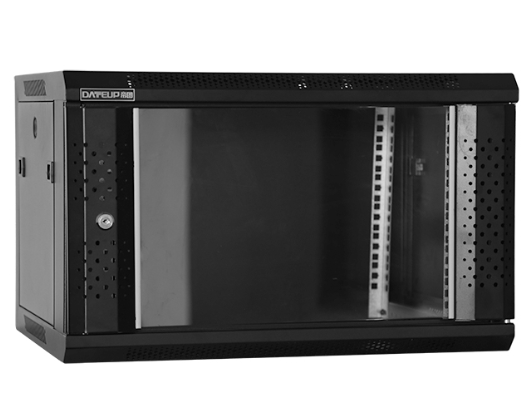News
Site Editor
 Site
https://leonetworkgroup.usa18.wondercdn.com/uploads/image/5fe152faa587d.png
A cable tester is a vital tool for anyone dealing with cables. Whether you are a network administrator, electrician, or data cable installer, a cable tester helps you identify problems in cables. It ensures that cables work correctly, and you can avoid unnecessary downtime. However, you need to know how to read a cable tester to make the most of its features.Firstly, ensure that the cable tester y
Site
https://leonetworkgroup.usa18.wondercdn.com/uploads/image/5fe152faa587d.png
A cable tester is a vital tool for anyone dealing with cables. Whether you are a network administrator, electrician, or data cable installer, a cable tester helps you identify problems in cables. It ensures that cables work correctly, and you can avoid unnecessary downtime. However, you need to know how to read a cable tester to make the most of its features.Firstly, ensure that the cable tester y
How To Read A Cable Tester
Views: 498
Author: Site Editor
Publish Time: 2023-07-13
Origin: Site
A cable tester is a vital tool for anyone dealing with cables. Whether you are a network administrator, electrician, or data cable installer, a cable tester helps you identify problems in cables. It ensures that cables work correctly, and you can avoid unnecessary downtime. However, you need to know how to read a cable tester to make the most of its features.
Firstly, ensure that the cable tester you have is compatible with the cable you want to test. Most cable testers work with coaxial cables, Ethernet cables, and phone cables. Some testers have the additional feature of testing HDMI cables, USB cables, and fiber optic cables.
Once you’ve confirmed that the tester is compatible with the cable you want to test, the next step is to plug in the tester. Most cable testers are plug-and-play, while some have batteries. If it’s battery-powered, ensure that the battery is fully charged before testing.
The next step is to plug in both ends of the cable being tested into the tester. The tester should indicate if the connection is good or faulty. The tester displays results in various formats, depending on the type of tester.
For instance, a continuity tester indicates whether the cable is continuous, meaning that each wire in the cable connects to the appropriate wire on the opposite end. Continuity testers only indicate if the cable is continuous, but they do not provide any information about whether the signal is correct or not.
A wire mapping tester, on the other hand, identifies which cable pair is connected to the wire pairs on the opposite end of the cable. With this information, you can identify the functions of individual wires in the cable. For instance, in an Ethernet cable, wire mapping will identify which cable pair is connected to transmit data, which one is connected to receive data, and which is connected to the ground.
Most cable testers come with a tone generator and probe kit that you can use to locate where a cable connects or terminates. This feature is particularly useful when using network cables since it allows you to trace the path of a cable without disturbing any network nodes or switches. You can use the tone generator to send a signal through the cable being tested. You can then use the probe kit to trace the tone signal emitted by the generator to the other end of the cable, where it will be detected by the probe.
Conclusion
In conclusion, understanding how to read a cable tester is vital in ensuring that your cables work correctly and that you avoid unnecessary downtime. With a cable tester, you can identify problems with your cables and locate any faulty wiring quickly. Most cable testers come with a variety of features to help you identify cable continuity, mapping, and some even have tone generators to locate cables. By knowing how to use these features, you can quickly identify and fix any issues with your cables.
If you want to know more about industrial network cabinet,china fiber optic splice closure,china fiber optic distribution box,please consult the fiber optic splice closure factory









